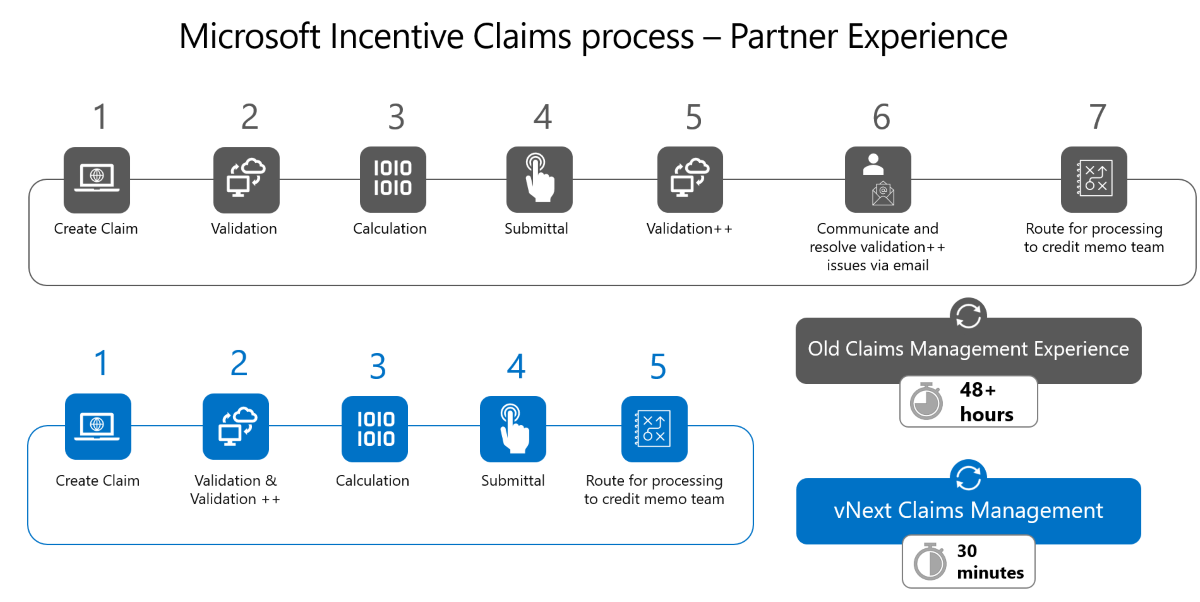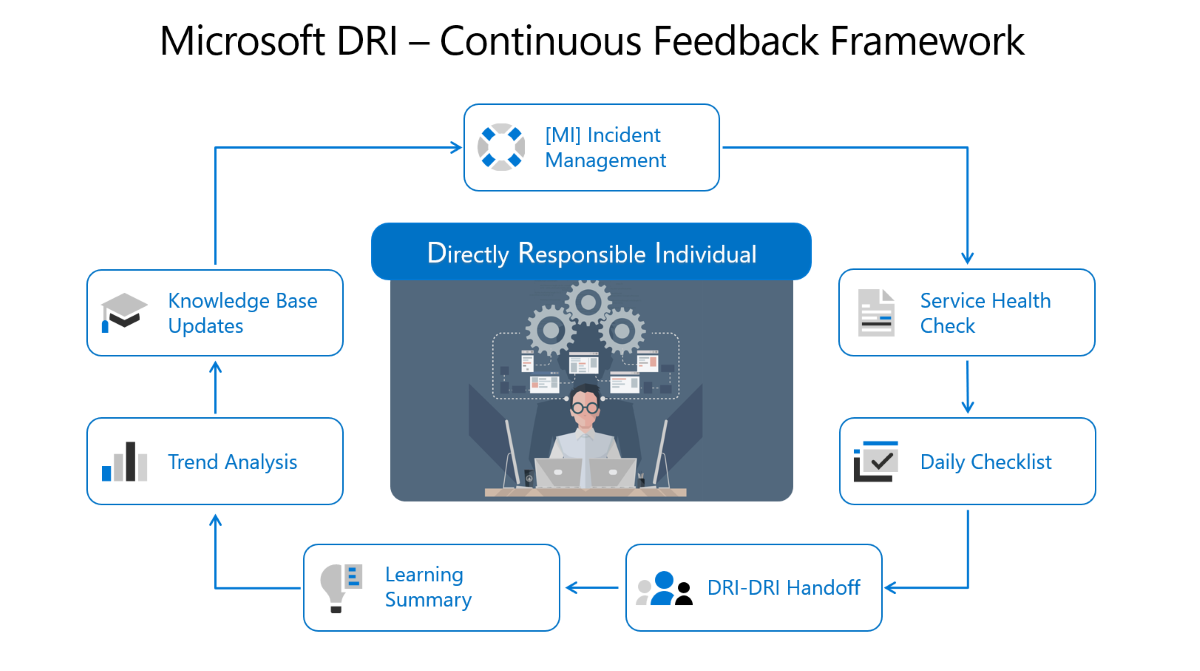This content has been archived, and while it was correct at time of publication, it may no longer be accurate or reflect the current situation at Microsoft.
The team at Microsoft that hands out incentives for buying Microsoft devices wonders if there can be too much of a good thing.
Microsoft’s Incentive Claims Management team had a problem—the program it uses to set pricing deals for distributors who sell Surfaces and other Microsoft hardware devices had outgrown its tools.
Rather than put bandages on bandages, let’s really fix the problems so they don’t have to come back again.
– Azharuddin Mohammed, senior software engineering manager, Incentive Claims Management
Their aging system was getting overwhelmed by the volume of requests coming in the door. As many as 15,000 Microsoft partners use the platform to look for deals across at least 50 countries, all with varying taxes and regulations. Making matters more challenging, each promotion claimed was being reviewed and validated line by line by a small, overwhelmed team of Microsoft employees and vendors.
This bottleneck of manual processes created noticeable difficulties for customers, evidenced by growing numbers of help desk tickets—up to 100 per week.
“A lot of partners, resellers, and distributors were having problems,” says Azharuddin Mohammed, a senior software engineering manager for Microsoft’s Incentive Claim Management team. His team is part of Microsoft Digital, the organization that powers, protects, and transforms Microsoft. “We had to set up a separate team just to focus on these problems. So, we said, let’s try to normalize the issues curve. Rather than put bandages on bandages, let’s really fix the problems so they don’t have to come back again.”
[Learn how Microsoft applied Azure Cognitive Services to automate partner claim validation. Find out how Microsoft has automated revenue processing with Power Automate.]
A cookie-cutter approach
Why form each cookie by hand when there’s a more efficient way?
Mohammed’s team knew that many of the errors identified in users’ claims were pretty generic. The claim file that a distributor submits when buying Microsoft devices may typically contain hundreds of claim lines that correspond to a possible deal or promotion for which they might be eligible.
With the old claim validation process, an operations team member would inspect each line item and then send feedback to the partner, identifying any errors, such as a duplicate claim or incorrect claim code, that they needed to correct before it could be processed.
“We thought it was wasted hours and effort for people to be validating line by line based on old system rules that are pretty cookie-cutter,” says Isaí Badaraco, an operations program manager who leads business architecture for the Surface Pricing Program. “Things like that could be totally automated.”
Thus began a six-month project to create a new toolset called the Microsoft Devices Pricing Program. That would automate the claims validation process for buying Microsoft devices, ultimately reducing the validation period from three to four days down to about 30 minutes.
Mohammed’s team used Microsoft’s Power Platform, including Power Apps, Customer Relationship Management (CRM), and Power Automate to create an end-to-end processing platform with a highly configurable business rule engine and telemetry capturing that eliminates many lines of custom code for claim validation and error alerting. As a result, fewer program bugs are generated and issues can be identified before they become incident tickets reported by business to the Directly Responsible Individuals (DRI) teams.
After development, the testing phase proved challenging, given that there were 300 test cases, a very small team, and a tight four-week schedule.
The first two weeks saw an intimidating failure rate of 40 percent.
“That was a massive gap that we needed to close in the last two weeks,” Badaraco says. “We ended up enlisting the help of the dev team to assist us, and from there we brought it down to 15 percent.”
Another hurdle was making sure users were ready for the change. Badaraco’s team created multiple different training decks for different personas, and he personally conducted seven different webinar sessions for various stakeholders over a period of three weeks.
Finally, with the data migration to the new tool complete, the new claims validation process for buying Microsoft devices was deployed to partners in September.
The 48 hours of manual effort now happens under full automation within minutes. Microsoft’s distribution partners can fix their claims issues immediately without help. What’s more, the flood of 100 weekly help tickets has trickled to close to zero.
The people addressing tickets are also back to doing the jobs they were hired to do. “You can’t run faster with a broken leg,” Mohammed says. “All those people fixing the legs are now back to running.”

A model for DRIs
Microsoft has more than 5,000 different DRI teams. Mohammed believes their new business-agnostic model can help other teams reduce their volume of tickets as well.
When you have a very strong process, it makes a positive impact on your business.
– Azharuddin Mohammed, senior software engineering manager, Incentive Claims Management
“If you’re a DRI, what are the best practices that will help you improve your feedback loop and sustain your application to make your product better?” Mohammed says. “When you have a very strong process, it makes a positive impact on your business. In our example, it’s the Incentive Management Platform, but it could be anything.”

To that end, Mohammed’s team has hosted a series of webinar training sessions sharing these best practices and demonstrating their model of reverse engineering to apply the framework every time a new feature is released.
“Microsoft Digital dedicates certain bandwidth to engineering fundamentals,” Mohammed says. “Sixty percent goes into developing new features, while 40 percent is dedicated to maintaining current systems in production. Our ability to reduce that 40 percent to less means that we can focus more on innovation while keeping the fundamentals strong.”
Learn how Microsoft applied Azure Cognitive Services to automate partner claim validation.
Find out how Microsoft has automated revenue processing with Power Automate.








